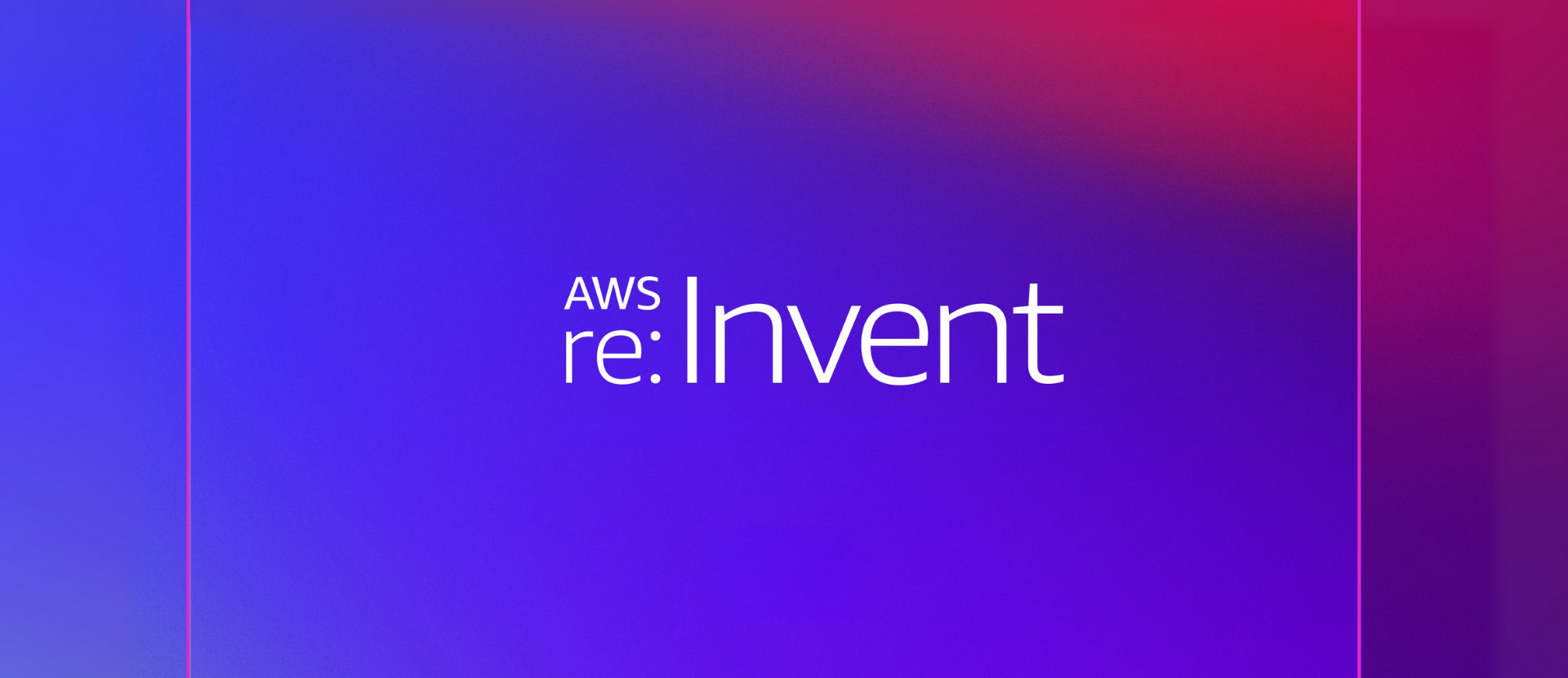WordPress Multisite is a powerful feature that allows you to run multiple websites from a single WordPress installation. Despite its usefulness, numerous misconceptions prevent website owners from leveraging its full potential. Let’s separate fact from fiction by addressing the most common myths about WordPress Multisite.
Myth #1: Multisite Is Only for Large Organizations
The Myth: Many believe WordPress Multisite is exclusively designed for large enterprises managing dozens or hundreds of websites.
The Reality: Multisite can benefit organizations of any size. Whether you’re managing just two websites or fifty, Multisite offers advantages in centralized management.
Myth #2: Multisite Slows Down Your Websites
The Myth: Adding multiple sites to one installation will inevitably cause performance issues and slower loading times.
The Reality: A Multisite network can be as fast as individual installations when properly configured. The key factors affecting performance are:
– Quality of hosting (more important than whether you’re using Multisite)
– Proper caching implementation
– Database optimization
– Efficient plugin usage
In fact, well-optimized Multisite installations can sometimes outperform separate sites because they share resources more efficiently.
Myth #3: If One Site Gets Hacked, All Sites Are Compromised
The Myth: A security breach on one site automatically means all your sites are compromised.
The Reality: While sites in a Multisite network do share a database and core files, proper security measures can contain breaches. Sites on a Multisite network are logically separated, and with appropriate user permissions, content isolation, and security plugins, you can significantly reduce the risk of cross-site contamination.
That said, it’s true that certain types of vulnerabilities could affect the entire network, which emphasizes the importance of robust security practices regardless of your WordPress setup.
Myth #4: Managing Plugins Is More Complicated with Multisite
The Myth: Plugin management becomes unwieldy with multiple sites, leading to compatibility nightmares.
The Reality: Multisite actually offers more flexible plugin management options:
– Network activation: Deploy plugins across all sites simultaneously
– Site-specific activation: Allow individual sites to use only the plugins they need
– Controlled plugin availability: Super admins can limit which plugins site admins can activate
This control hierarchy can make plugin management more organized, not less.
Myth #5: WordPress Multisite Is Difficult to Set Up
The Myth: Configuring Multisite requires advanced technical skills and complex server configurations.
The Reality: While Multisite does require some specific settings, the process has become much more straightforward in recent WordPress versions. Most quality hosting providers now offer one-click Multisite enabling or clear instructions. The official WordPress documentation provides step-by-step guidance that even intermediate users can follow.
Myth #6: You Can’t Migrate Away from Multisite Later
The Myth: You’re locked in forever once you’ve committed to Multisite.
The Reality: While it requires some work, migrating sites away from a Multisite installation is possible. Several migration plugins and tools specifically support this process. Planning your Multisite structure with potential future separation in mind can make this process smoother.
Myth #7: All Sites Must Share the Same Theme
The Myth: Multisite forces all your websites to use the same theme and look identical.
The Reality: Each site in a Multisite network can have its own unique theme and appearance. Site administrators can select from available themes, and the network administrator has control over which themes are available to site admins. This flexibility allows for completely different branding and design across sites while maintaining centralized management.
Myth #8: Updates Will Break Your Entire Network
The Myth: A core WordPress update will likely break all your sites simultaneously.
The Reality: WordPress core updates generally maintain backward compatibility and undergo extensive testing before release. That said, it’s always wise to:
– Test updates on a staging environment first
– Keep regular backups
– Update during low-traffic periods
These are best practices for any WordPress site, not just Multisite installations.
Myth #9: Multisite Is Becoming Obsolete
The Myth: With newer technologies and headless CMS options, WordPress Multisite is becoming outdated.
The Reality: WordPress continues to evolve, and Multisite remains an actively developed and supported feature. The WordPress core team regularly improves Multisite functionality, and many enterprise-level users rely on it. While headless architectures offer different advantages, they solve other problems than Multisite, which remains the most efficient solution for centralized WordPress management.
Myth #10: Multisite Requires Subdomain or Subdirectory Structure Only
The Myth: You’re limited to either subdomain (site1.example.com) or subdirectory (example.com/site1) structures.
The Reality: While the default Multisite setup offers these two options, with proper DNS configuration and domain mapping plugins, you can use completely different domains for each site in your network. This means site1.com, site2.org, and site3.net can all be part of the same Multisite installation while maintaining their unique domain identities.
Myth #11: Multisite Doesn’t Support E-commerce
The Myth: You can’t effectively run WooCommerce or other e-commerce solutions on Multisite.
The Reality: WooCommerce and many other e-commerce plugins work perfectly well with WordPress Multisite. You can even run multiple stores with separate inventories, payment gateways, and shopping carts.
Myth #12: Multisite Makes SEO More Difficult
The Myth: Having multiple sites under one installation negatively impacts search engine optimization.
The Reality: Search engines treat each site in a Multisite network as a separate entity. With proper configuration, your sites will rank independently based on their own content, links, and authority. SEO plugins like Yoast SEO and Rank Math have specific Multisite features to ensure each site can be optimized individually.
Myth #13: Multisite Can’t Handle Different Languages
The Myth: You can’t effectively run multilingual sites within a Multisite network.
The Reality: Multisite is actually an excellent solution for multilingual websites. You can either:
1. Use a multilingual plugin on each site for content translation
2. Dedicate each site to a specific language (example.com/fr/, example.com/de/, etc.)
3. Use domain mapping to create language-specific domains (example.fr, example.de)
This flexibility makes Multisite particularly valuable for international organizations.
Myth #14: Multisite Networks Are Hard to Back Up
The Myth: Backing up multiple sites in a network is complicated and risky.
The Reality: Many modern backup solutions fully support WordPress Multisite. In fact, backing up a Multisite network can be more efficient than backing up multiple standalone sites because you’re dealing with a single-core installation. Most premium backup plugins offer specific Multisite features, including the ability to restore individual sites within the network.
Myth #15: Multisite Requires More Server Resources
The Myth: Running a Multisite network demands significantly more server resources than running the same number of sites individually.
The Reality: Multisite can actually be more resource-efficient than multiple standalone WordPress installations. Since sites share the same foundation, there’s less duplication of resources. The database is larger but more efficiently structured than having separate databases.
When Multisite Actually Makes Sense
WordPress Multisite is particularly valuable when:
– You need centralized management of multiple sites
– Your sites share similar functionality or features
– You want streamlined updates across multiple properties
– You’re creating a network of subsites (like a university with department sites)
– You need to give clients the ability to manage their sites while maintaining control
When Multisite Might Not Be the Best Choice
Consider alternatives to Multisite when:
– Your sites have vastly different hosting needs or traffic levels
– You need complete isolation between sites for security purposes
– Different teams need complete autonomy in managing their sites
– Your sites require significantly different plugins and functionality
Ready to Explore WordPress Multisite?
It’s clear that WordPress Multisite provides an elegant solution for centralized management while maintaining site individuality, offering the best of both worlds for many use cases.
At Trew Knowledge, we tackle complex WordPress Multisite challenges with architecture, performance, and security expertise. Our tailored solutions streamline workflows, optimize speed with advanced caching, and implement robust security measures to protect entire networks while maintaining site independence. Contact us today and discover why leading organizations trust us with their WordPress Multisite infrastructure.


